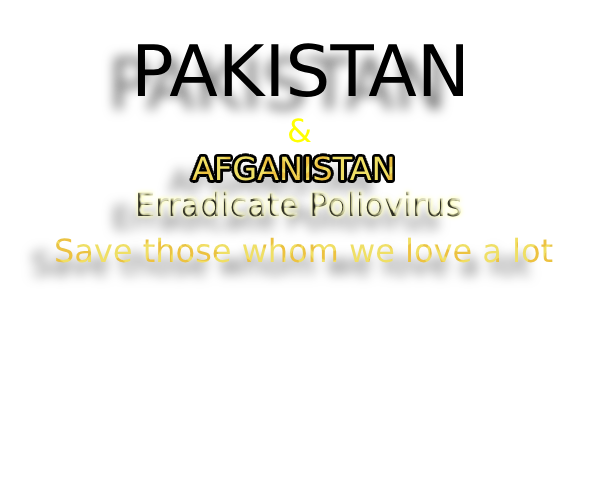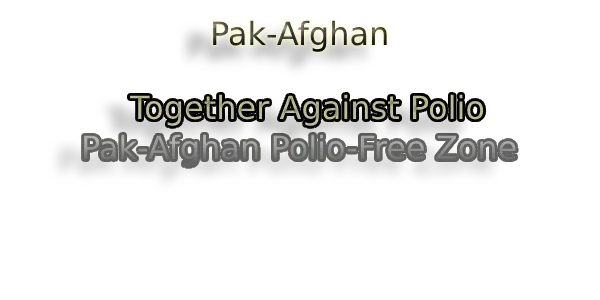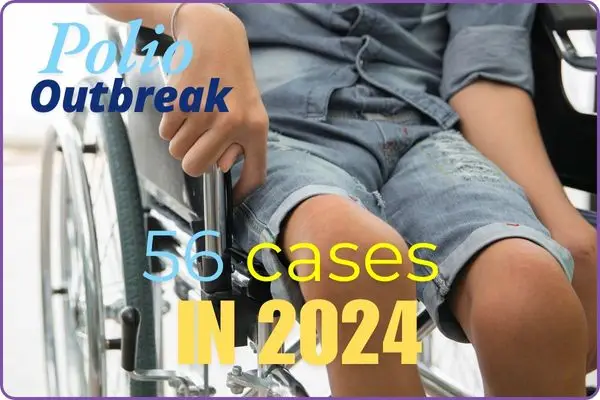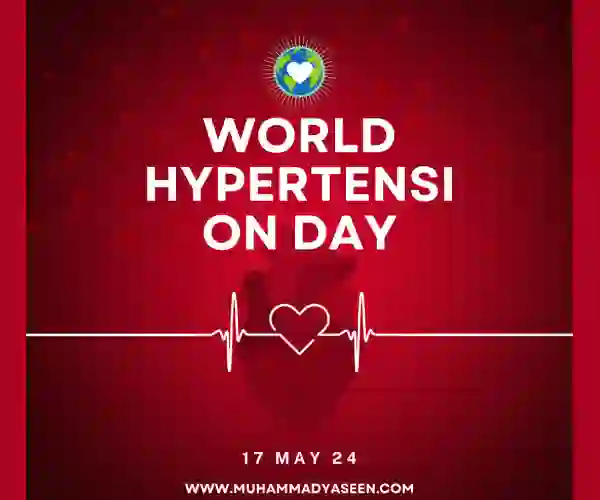Pak-Afghan Polio-Free Zone: Breaking Barriers for a Healthier Future of kid under age of 5 Years
Polio effects on both the Nations
In recent polio news by Dawn, Pakistan and Afghanistan, two neighboring nations, are grappling with a persistent poliovirus challenge. Despite global efforts towards polio eradication, both countries continue to report cases of the disease. In just in 2023 3 polio patient cases were reported in Pakistan
Polio History In Pakistan
Alarmingly, genetic testing has revealed that the poliovirus strain in some Pakistani samples matches the one found in Afghanistan. This finding underscores that polio affects both nations and the need for cross-border cooperation in vaccination campaigns.
Both nations are working together to combat not only polio but also address broader border region issues. The battle against polio remains a critical priority in the pursuit of a polio-free future.

In the rugged terrain that defines the border between Pakistan and Afghanistan, where geopolitical tensions and security concerns often take center stage, a different battle is silently unfolding—the fight against polio.
These neighboring nations have recognized that a joint effort is not only crucial for eradicating polio but also for fostering ties, curbing cross-border issues, and improving public health.
The Polio Challenge of a Pak-Afghan Polio-Free Zone
Both Pakistan and Afghanistan have struggled with the persistence of polio for years, despite global strides toward eradication. The geographical proximity of these countries and the porous border have presented unique challenges.
Lab test

The environmental samples from Peshawar city and District Dera Bugti in Pakistan have tested positive for wild poliovirus, as confirmed by the Pakistan Polio Laboratory at the National Institute of Health.
Genetic testing has linked the virus in these samples to a cluster circulating in Afghanistan. The Ministry of Health spokesperson confirmed this development.
Caretaker Federal Minister for Health Dr. Nadeem Jan emphasized the importance of routine immunization and oral polio vaccine for children and urged parents to ensure their children are up to date.
Thorough epidemiological investigations will be conducted to identify affected populations and plan swift responses, including a national polio immunization drive for children under five.
The poliovirus, much like illicit activities, does not respect boundaries. It travels freely, exploiting gaps and vulnerabilities.
- Cross-Border Transmission: Poliovirus does not require a passport to cross borders. It thrives in areas with inadequate vaccination coverage and can easily jump from one side to the other, infecting children who are not protected.
- Transnational Smuggling: The border regions have long been associated with various forms of smuggling, including the illegal trade of goods and even currencies. Criminal networks often operate with impunity, exploiting the porous border.
- Infiltration and Security Concerns: The border has also been a hotspot for infiltration, with security challenges complicating efforts to reach every child with the polio vaccine. Insecurity hampers access to vulnerable communities.
The Path to a Pak-Afghan Polio-Free Zone
Recognizing the intertwined nature of these challenges, Pakistan and Afghanistan have embarked on a collaborative journey—a commitment to creating a “Pak-Afghan Polio-Free Zone.”
This endeavor aims not only to eradicate polio but also to address the broader issues that have plagued the border region for decades.
Key Strategies for Success:
- Cross-Border Vaccination: Both countries have committed to synchronizing their polio vaccination campaigns to ensure that children on both sides of the border receive timely doses. Vaccination teams now collaborate across borders, transcending geopolitical tensions.
- Enhanced Surveillance: Improved disease surveillance mechanisms enable rapid response to new cases and better tracking of virus transmission. Sharing information and collaborating on data collection has become routine.
- Community Engagement: Engaging local communities is vital. Religious leaders, influencers, and community elders play essential roles in dispelling myths, fostering trust, and advocating for vaccination.
- Security Cooperation: Security forces on both sides now work together to ensure the safety of vaccination teams. A secure environment is crucial for healthcare workers to reach every child.
- Transnational Cooperation: In addition to polio eradication, both nations collaborate on broader issues, such as curbing illegal activities and promoting economic development in border regions.
Conclusion
The vision of a “Pak-Afghan Polio-Free Zone” signifies more than just the eradication of a crippling disease. It embodies a commitment to bridge divides, address shared challenges, and work together for a brighter future.
While challenges persist, the joint effort to create a Pak-Afghan Polio-Free Zone is a testament to the power of collaboration and the possibility of transformation in even the most challenging regions.
As Pakistan takes measures to deport illegal Afghan refugees, concerns arise about potential virus exchange between both nations. Polio spread through the movement of individuals across borders, especially in crowded and unregulated conditions, heightens the risk of viral transmission.
To ensure the health and safety of both populations, a joint polio eradication program is needed to address health concerns and vaccination accessibility is essential during this process. Collaboration is crucial to prevent the spread of infectious diseases and work towards a polio-free future for Pakistan and Afghanistan.







